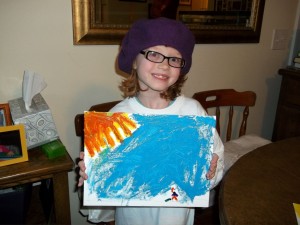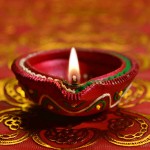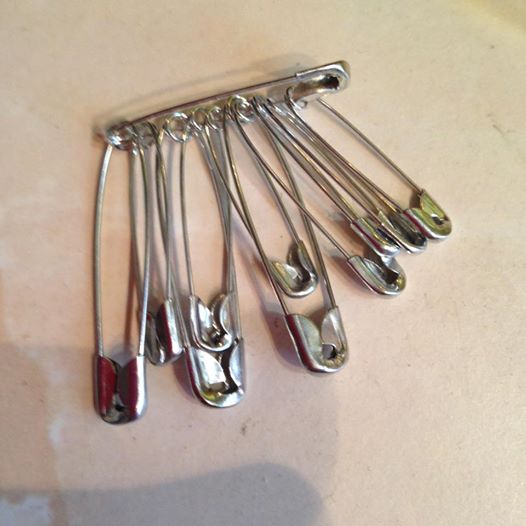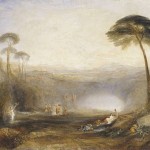I just got back a week ago from AWP (Association of Writers and Writing Programs)’s annual conference. (You can check out the action at Twitter. Search on #AWP15) The Minneapolis hotel didn’t run out of alcohol (that has happened in the past) but they did have a run on the tabouleh in the first 24 hours. Well, with approximately 15,000 writers in town, you’re going to run out of something.
Maybe there’s something about being (lost) among that sea of writers that has me thinking about the Hero’s Journey. I could have used a clever animal sidekick or a pair of magic scissors or something. Or maybe it’s just another way for me to think about shaping this story I’m always trying to write. Or this life I’m trying to live. Living the life, writing the book…same project, as far as I can tell. 
Joseph Campbell picked up where Jung left off and got us all thinking of the Hero’s Quest or Journey as an archetypal form we could overlay onto our own lives. He outlined the steps of the Journey. I’ve seen it stated slightly differently in different places, but here is one model:
- Hero as outcast/outsider.
- Hero called to adventure.
- Hero refuses the call.
- Hero meets mentor (supernatural aid, spirit guide, etc).
- Hero “crosses the threshold,” embarks/leaves ordinary life behind.
- Hero undergoes a series of tests on the path.
- Hero meets the love that has greatest significance, is all-encompassing, all-meaningful. Campbell called this meeting the Goddess.
- Hero meets the Temptress, in the temptation to fall from his Quest.
- Hero faces ultimate challenge/greatest fear.
- Hero gains the gift or treasure, the fulfillment of the Quest.
- Hero returns home, with treasure.
- Hero faces one final test.
- Hero comes into his own, is crowned King or otherwise recognized in community.
Wikipedia tells me Campbell borrowed Joyce’s term “monomyth” for this. And like monotheism, the “monomyth” has a pronoun problem. Campbell wasn’t so great on the wimminfolk, as you can tell from the above steps. The Hero for him was always a boy or man. True love is represented by “the Goddess,” and tempation likewise takes the figure of a woman. Towards the end of his career (I read this anecdote from The Sound of a Silver Horn, by Kathleen Noble—a great book on women and the Hero’s Journey for anyone interested), a young woman asked him in class, “What about women?” Campbell answered, “Women are the Mother, the Goddess, the Beloved…what more do you want?” “I want to go on an adventure,” she said. “I’m glad I’m retiring,” was his reply.
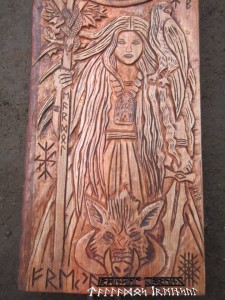
Let’s diversify the Journey.
What if the Hero is not an outcast? What if she is enmeshed in her community at the start of the story? What launches her out of her comfort zone and onto the Path? Is there an archetypal moment of rejection, and would this come from within or from without? Or is she just bored? Is that enough? What if she has children? What if she has an older relative she’s taking care of? What if she is the head of the PTO?
And what happens to her at the end? A wise man may be a king. A wise woman is almost always a witch. Mind you, I’m down with that. A woman (anyone) who listens to a wilder song and has truly gained wisdom from that will not be welcome back into a community structured by patriarchy. This is why the witch lives at the edge of town, or deep in the woods. This is an essential difference which does not have to be gender specific.
Stretching our imaginations to re-vision the Hero’s Journey is helpful to writers as we think about plots…but larger than that, if the Journey is an archetype we all may follow in how we think about and understand our lives, there needs to be a diversity of possible paths. Not everyone wants to be king. Not everyone wants to end up married and happily ever after.
If we follow Jungian thought, archetypally, a “king” has been understood to represent someone who is healthily centered, who has embraced their own shadow and is able to rule themselves wisely. Maybe a “witch” is someone who purposefully and deliberately uncenters. Who pushes into the margins, the boundaries, who camps on the edge. Who insists there is still, ever, much of the self she doesn’t yet know.
What would it be to be both?

